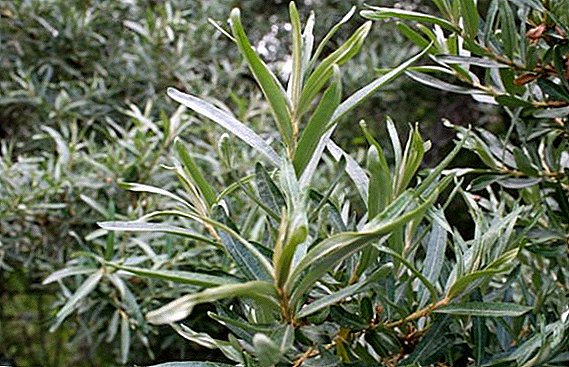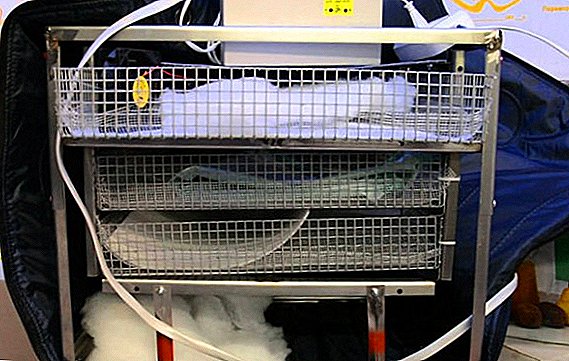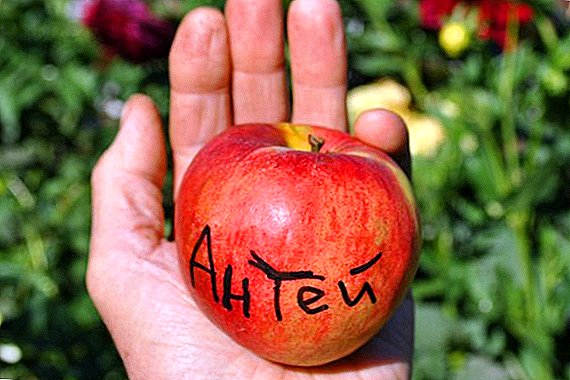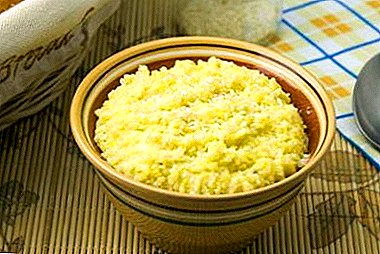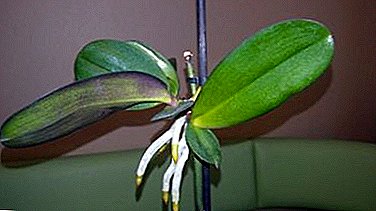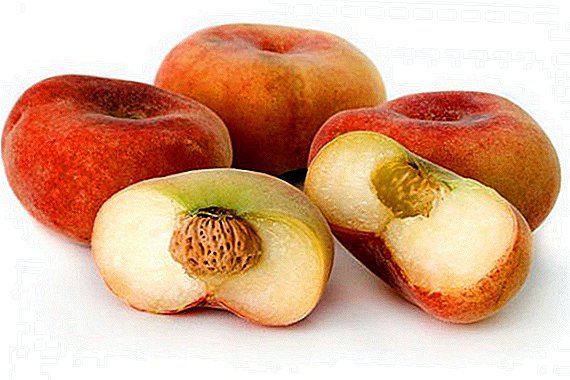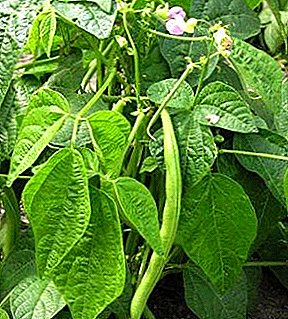
Many centuries ago, people learned about the high nutritional value of both beans and other legumes. The beans were then called “the meat of the poor”, because it contains as much protein as it does in meat.
Doctors now call the beans "the meat of healthy people," because the beans are not only nutritious, but also useful. The legume family includes many crops, soybean and beans are especially popular. Soy is most often processed, and beans are used just for fun.
Favorable conditions for beans
Beans are a self-pollinating crop, this suggests that in the garden you can plant and grow at the same time different varieties. Haricot is a heat-loving plant, try to choose the most early ripening varieties for planting and growing. They are more resilient in stressful situations and bad weather conditions. Bush varieties ripen earlier and are more resistant to cold than curly.
We recommend to read: Peas. Planting and care.
Read the article “Cherry Tomatoes. Growing in a greenhouse "here
Find out what are the best varieties of strawberries //rusfermer.net/sad/yagodnyj-sad/posadka-yagod/vyrashhivanie-klubniki-soglasno-gollandskoj-tehnologii.html.
Bean planting
Land preparation
The best precursors for beans are cabbage, tomatoes, cucumbers, peppers and eggplants. You should not choose the same bed for planting beans earlier than 3 years.
 Good neighbors for beans are carrots, beets, onions, potatoes, tomatoes, cabbage. But the ideal combination is cucumbers, in this case, legumes will bring the best harvest. To prepare the land for digging, apply fertilizer to the soil. The following composition is perfect:
Good neighbors for beans are carrots, beets, onions, potatoes, tomatoes, cabbage. But the ideal combination is cucumbers, in this case, legumes will bring the best harvest. To prepare the land for digging, apply fertilizer to the soil. The following composition is perfect:
- 2 tablespoons dolomite flour;
- 1 tablespoon of ammonium nitrate;
- 1 tablespoon of double superphosphate (ammophos can be used);
- half a tablespoon of potassium chloride (or potash).
The calculation of fertilizer per 1 square meter of land. You can also use humus at the rate of 4 kg per 1 square meter. The future garden bed would be good to line up with the scenes. Corn is great for this role.
Timing for planting and sowing seeds
Beans are very thermophilic. The optimum temperature for seed germination is about + 10-12 degrees. Sow in such a way that the first seedlings are not frozen. It is best to conduct seeding after the final onset of heat. Most often, the best time will be the end of May and the first decade of June. Shoots can die when frost, when the temperature drops to -1 degrees.
 Before sowing, sort the seeds, remove any damaged ones. If they are too dry, you can soak the seeds in warm water for 6 hours. Then drain the water, slightly ventilate the seeds and plant in moist soil.
Before sowing, sort the seeds, remove any damaged ones. If they are too dry, you can soak the seeds in warm water for 6 hours. Then drain the water, slightly ventilate the seeds and plant in moist soil.
For even greater efficiency, before sowing, you can hold the beans for 20 minutes in a solution of potassium permanganate, then soak for a couple of hours in the ash solution.
Keep the distance between the rows about 35-40 cm, arrange the seeds in about 5-8 cm in a row. Cover the crops with a film. The optimum planting depth is about 3 cm. If planted deeper, the seeds may die during swelling.
Growing and caring for beans
 The most favorable temperature for shoot and bean development is about 20 degrees. Young plants do not require abundant watering. Then the need for watering increases. If during flowering to allow the drying of the soil, the beans will fall off.
The most favorable temperature for shoot and bean development is about 20 degrees. Young plants do not require abundant watering. Then the need for watering increases. If during flowering to allow the drying of the soil, the beans will fall off.
During the season spend 2-3 feeding. Do not forget about weeding and loosening the soil. The first loosening is carried out when the plants reach a height of 6-7 cm. The second loosening is necessary after the appearance of the first pair of true leaves. You can immediately thin out the plants, leave a distance of about 30 cm between them.
If you are harvesting beans for grain, then remove it at one time. When ripening the beans, tear the plants up by the root, knit the bunches and dry them under a canopy.
Store carefully dried seeds that will be used for planting next year in a dry place at a positive temperature. Germination lasts up to 5 years.
Find out the dangerous diseases of the red currant that await the gardener
Diseases of black currant, see photos here //rusfermer.net/sad/yagodnyj-sad/uhod-za-yagodami/bolezni-i-vrediteli-chernoj-smorodiny-i-sposoby-borby-s-nimi.html
Bean care is not a big deal, but the results will delight you with a rich harvest!


 We recommend to read: Peas. Planting and care.
We recommend to read: Peas. Planting and care. Find out the dangerous diseases of the red currant that await the gardener
Find out the dangerous diseases of the red currant that await the gardener

